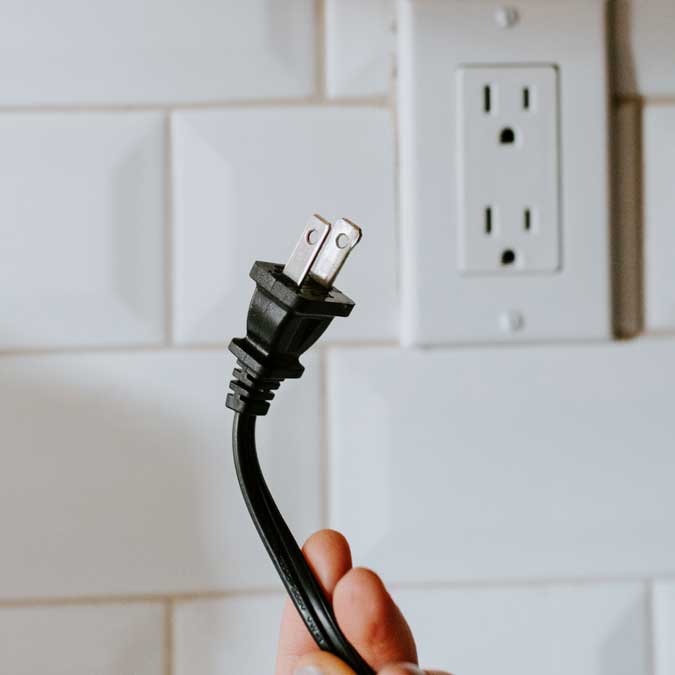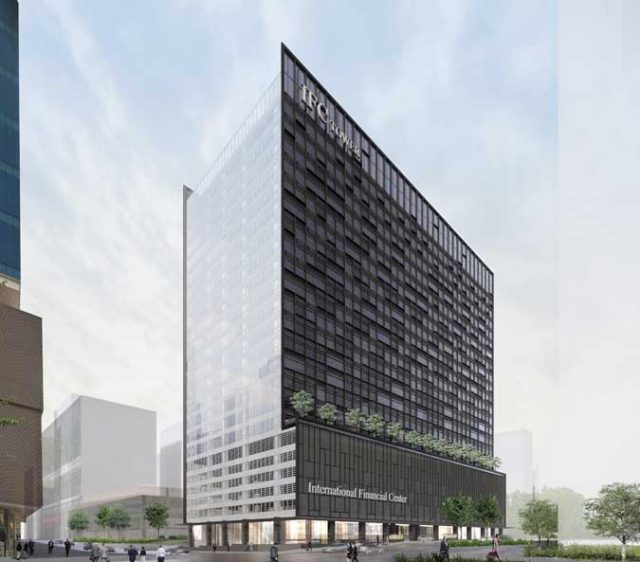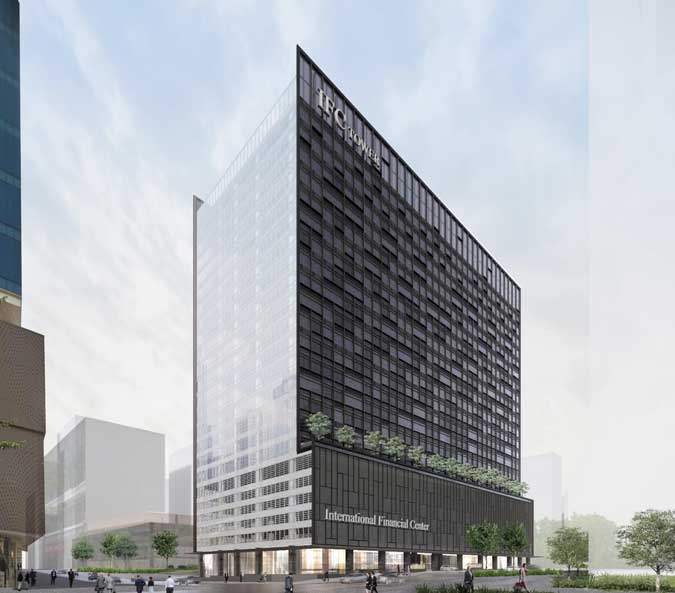To improve digital wellness, remember to unplug

THE PRESSURE to remain productive — while under community quarantine restrictions of varying levels a year into the pandemic — has led to a spike in screen time and an increasing dependence on devices. “Technology is helpful, but it can affect our well-being. It should improve life, not the opposite,” said Bernadette Nacario, country director of Google Philippines, during the search company’s Wellbeing Day, a virtual event that closed out Mental Health Awareness Month this May.
The search giant’s e-Conomy SEA 2020 report revealed that Filipinos spent 5.2 hours a day on the internet at the height of quarantine last year — the highest across Southeast Asia.
With a third of remote employees in Asia Pacific admitting to increased burnout at work, employers must recognize the ongoing mental health crisis during the pandemic and ensure that the workplace prioritizes the mental well-being of its workers, said Ms. Nacario, who suggested programs like “no-meetings week” and a global day-off, which Google implements to let employees destress and unplug as needed.
Not all companies, however, are like Google. “In the Philippines, we draw a direct line from mental health to depression and anxiety disorders. Mental health is more than that. It’s not all or nothing where you either have mental illness or you don’t. It’s about the way we think, feel, and behave,” said Dr. Ronald T. del Castillo, psychologist and public health expert, of Diwa Mental Health.
Someone with mental illness can be happy, functional, and experience optimal well-being, he explained. On the flipside, someone without mental illness might be suffering through minimal mental well-being — the reality of many burned-out workers during the pandemic.
Mr. Del Castillo encouraged transparency and open conversation between employees and their bosses to ease tension and clarify expectations in the workplace.
Good mental health benefits not just individuals, but the global economy. The World Health Organization, in 2016, led a study that showed every $1 invested in treatment for mental health disorders returned $4 in improved health and productivity. The same study estimated that depression and anxiety disorders cost the global economy $1 trillion per year lost in productivity.
On the other hand, Mr. Del Castillo emphasized that productivity should not be the source of people’s self-worth and value. With self-care being “enshrined as an instrument of productivity,” he said, it has strayed far from what it should really be about: deepening connections to ourselves and those who matter to us, and re-engaging with moments of playfulness and silence, too.
To facilitate these moments of silence, which are all too often interrupted by app notifications and dinging mobile phones, Google created wellbeing.google, a website similar to the digital well-being feature in Android devices, that provides tips and tools to improve digital behavior.
The mobile version has a dashboard that shows daily tech usage and allows timers to be set for apps. Focus mode reveals which apps are most distracting and offers an option to turn them off temporarily.
Digital consumption should be healthy, said Geia Lopez, industry analytical head of Google Philippines, much like how people watch their food consumption to maintain a diet. “Tech should help us improve our lives,” she said, “And it’s different for everyone. We each have a unique relationship with technology that we must explore.” — Brontë H. Lacsamana
















